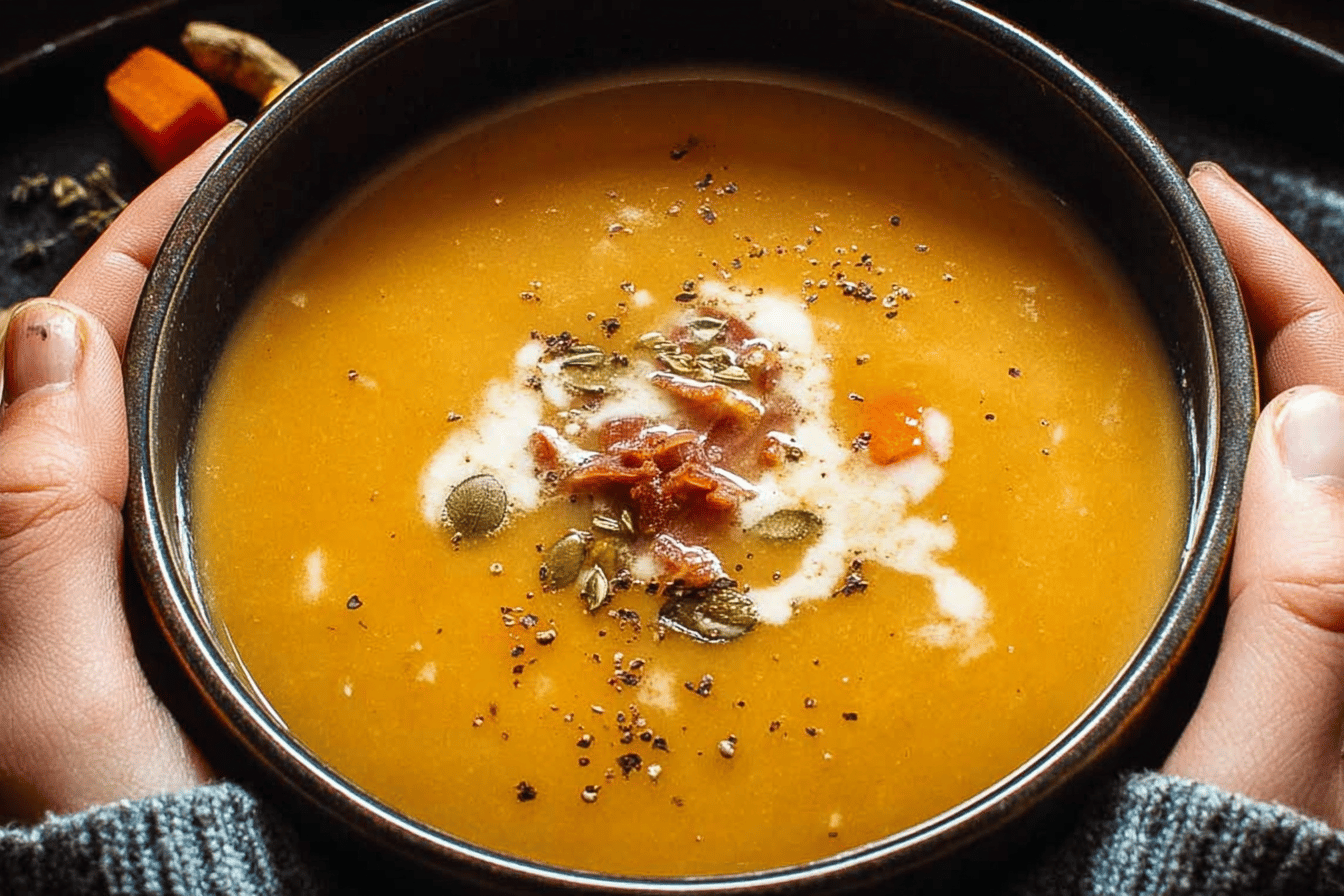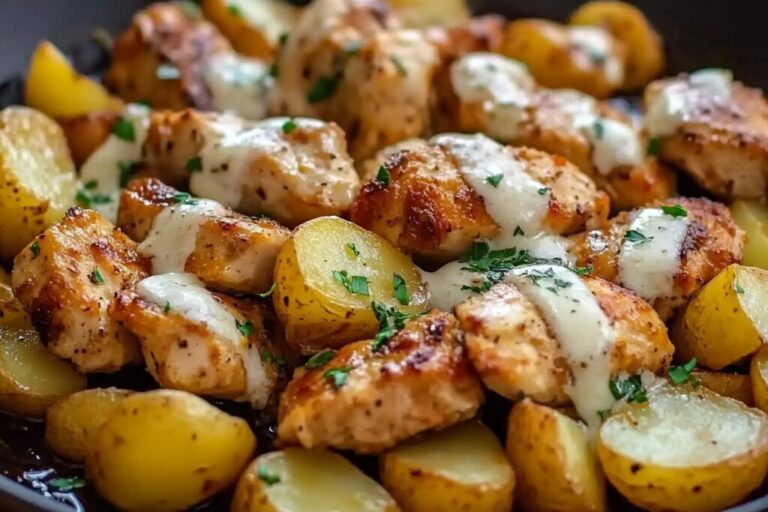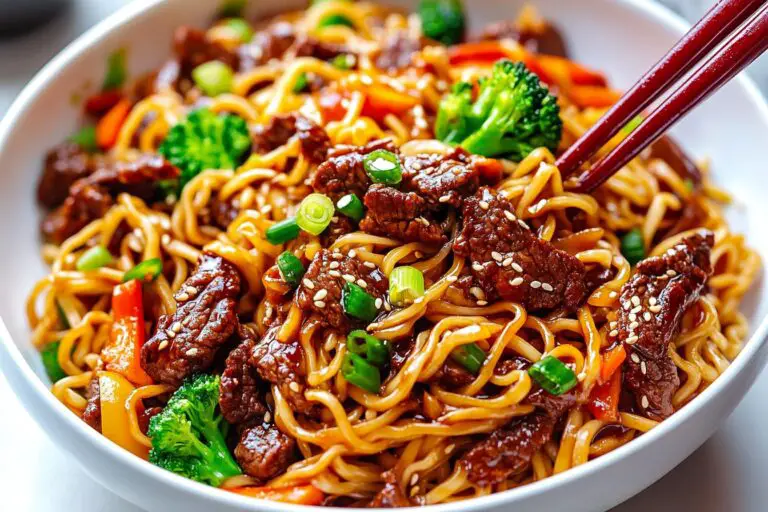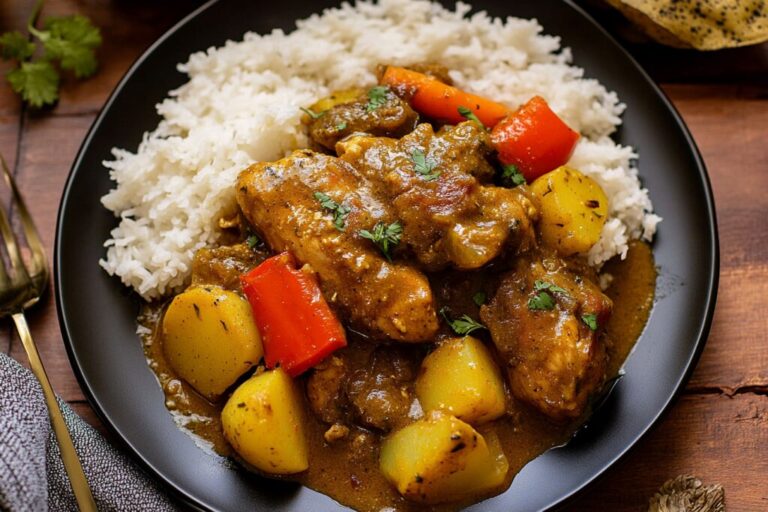Autumn Harvest Pumpkin Soup
Introduction
As the crisp air of fall settles in, there’s nothing quite as comforting as a delicious bowl of soup to warm your soul. From hearty classics to unique blends, fall is the perfect season to indulge in flavors that reflect its cozy and nostalgic vibes. If you’re looking for a selection of must-try fall soup recipes, you’ll love exploring the diverse and heartwarming options that promise to bring comfort and joy to your table.
Detailed Ingredients with Measures
Sweet Potato and Butternut Squash Soup:
Sweet potatoes – diced
Butternut squash – peeled and cubed
Onion – chopped
Vegetable stock – a few cups
Classic Chicken Noodle Soup:
Chicken – shredded
Carrots and celery – sliced
Egg noodles
Chicken broth
Hearty Lentil and Vegetable Soup:
Lentils – rinsed
Potatoes – peeled and diced
Spinach – fresh or frozen
Tomatoes – diced
Spicy Pumpkin Curry Soup:
Pumpkin puree – non-sweetened
Coconut milk
Garlic and ginger – minced
Curry spices
Prep Time
Each soup requires minimal prep ranging from chopping vegetables to combining ingredients, making them simple yet flavorful options for any home cook. The preparation time for these recipes varies between 15 to 30 minutes, allowing you to quickly create a delicious and fulfilling meal.
Cook Time, Total Time, Yield
Depending on the soup you choose, the cooking time can range from 20 to 60 minutes, as some recipes require slow simmering for deep, complex flavors. The total time invested in making these cozy fall soups is well worth it, resulting in yields large enough to share with family or store leftovers for later. From single servings to family-sized portions, these soups are adaptable for smaller or bigger needs. Enjoy the season’s bounty with recipes that perfectly complement chilly fall evenings.
“`html
Detailed Directions and Instructions
Step 1: Prepare the Ingredients
– Wash, peel, and chop any vegetables as required by the recipe.
– Measure out all necessary spices, liquids, and other ingredients for easy access during cooking.
Step 2: Heat Oil or Butter
– Place a large pot or Dutch oven over medium heat.
– Add oil, butter, or your preferred fat and allow it to heat up.
Step 3: Sauté Aromatics
– Add chopped onions, garlic, or other aromatics to the heated oil or butter.
– Stir frequently, cooking until softened and fragrant (this usually takes 2-5 minutes).
Step 4: Add Vegetables
– Add the prepared vegetables to the pot in layers of cooking time (harder vegetables like carrots and celery go first, followed by softer ones like zucchini or spinach).
– Stir and cook for a few minutes until they just begin to soften.
Step 5: Incorporate the Broth or Liquid Base
– Gradually pour in the broth, stock, or water, ensuring all ingredients are submerged.
– Stir gently to combine.
Step 6: Add Spices and Seasonings
– Include any dried herbs, spices, or seasonings such as salt, pepper, paprika, or thyme.
– Stir thoroughly to evenly distribute the flavors.
Step 7: Bring to a Simmer
– Increase the heat slightly to bring the soup to a gentle boil, then reduce the heat to maintain a steady simmer.
– Cover the pot partially to trap steam while allowing it to escape.
Step 8: Cook Until Tender
– Let the soup cook until all components, particularly the vegetables, are tender. This typically takes 20-30 minutes, depending on the soup recipe.
Step 9: Blend or Puree (Optional)
– For creamy soups, use an immersion blender or transfer the soup in batches to a standing blender. Process until smooth, then return it to the pot.
Step 10: Add Final Ingredients
– If the recipe requires dairy (such as cream) or delicate greens, stir them in at the end to avoid overcooking.
– Adjust the seasoning as necessary after tasting.
Step 11: Plate and Serve
– Ladle the finished soup into bowls.
– Garnish as instructed (e.g., fresh herbs, grated cheese, or croutons).
– Serve immediately while hot.
Notes
Note 1: Adjusting Thickness
– To make the soup thicker, blend part of it or add a slurry of cornstarch and water.
– To thin the soup, add a splash of broth or water as needed.
Note 2: Ingredient Substitutions
– Use vegetable stock for a vegetarian option or substitute coconut milk for cream in dairy-free recipes to maintain creaminess.
Note 3: Storing Leftovers
– Store cooled soup in an airtight container in the refrigerator for up to 3 days.
– For longer storage, freeze the soup in portions for up to 3 months.
Note 4: Reheating Tips
– Reheat soup over low heat on the stove, stirring frequently to avoid scorching the bottom.
– If reheating a creamy soup, add a small splash of liquid to maintain a smooth texture.
Note 5: Enhancing Flavors
– Freshly squeezed lemon juice, a dash of vinegar, or a sprinkle of fresh herbs right before serving can enhance the flavor of the soup.
Note 6: Avoiding Over-Salting
– If the soup becomes too salty, add a peeled raw potato or a small amount of cream to offset the saltiness.
Note 7: Serving Ideas
– Pair soups with bread, crackers, or a side salad for a complete meal.
– Use leftovers creatively by adding cooked pasta or rice into the soup for variation.
“`
Cook Techniques
Roasting Vegetables
Roasting vegetables before adding them to your soup can intensify their flavors, creating a richer taste and texture.
Sautéing Aromatics
Cooking ingredients like onions, garlic, and celery before adding them to your soup forms the base of many recipes and enhances the depth of flavor.
Blending for Creaminess
Use an immersion blender or regular blender to puree your soup for a creamy consistency without needing cream.
Layering Flavors
Add seasoning in stages, allowing the flavors to build gradually. Taste and adjust as the soup cooks.
Simmer for Depth
Allowing the soup to simmer for an extended time helps the flavors meld together and develop a deeper taste.
FAQ
Can I freeze these soups?
Yes, most soups can be frozen. Let the soup cool completely before transferring it to airtight containers or freezer bags. Avoid freezing soups with dairy or pasta for the best results.
How long should I cook soup?
Soup cooking time can vary based on the recipe, but most recipes recommend simmering for at least 20–30 minutes to let the flavors fully develop.
What tools do I need for making soup?
Essential tools include a large pot, a ladle, a sharp knife for chopping, and a blender or immersion blender for pureeing if needed.
How can I thicken my soup?
You can thicken soups by blending some of the ingredients, adding cream or milk, using a roux, or incorporating starchy ingredients like potatoes or rice.
Can I make these soups vegetarian or vegan?
Many soups can be adapted by substituting chicken or beef stock for vegetable stock and removing or replacing dairy ingredients with plant-based alternatives.
What garnishes work best for soup?
Common garnishes include fresh herbs, croutons, shredded cheese, sour cream, or a drizzle of olive oil for added flavor and presentation.

Conclusion
Fall soups are the perfect way to embrace the comfort of the season. Packed with hearty ingredients and warming flavors, these recipes provide a sense of coziness that’s perfect for chilly days. Whether you’re looking for a creamy, rich dish or a light, flavorful option, these soups are a must-try to nurture both your body and soul throughout autumn.
More recipes suggestions and combination
Classic Butternut Squash Soup
A rich, creamy soup that pairs beautifully with crusty bread and a drizzle of cream.
Hearty Chicken and Wild Rice Soup
This comforting staple combines tender chicken, nutty wild rice, and earthy vegetables for a satisfying bowl.
Roasted Tomato Basil Soup
Pair this vibrant soup with a grilled cheese sandwich for a classic and delicious combination.
Beef and Barley Soup
A filling option with hearty beef chunks, vegetables, and chewy barley that’s perfect for cold nights.
Sweet Potato and Coconut Curry Soup
Infuse your fall evening with warm spices and the creamy touch of coconut, paired with sweet potato goodness.
Cheddar Broccoli Soup
Enjoy this creamy, cheesy indulgence by itself or serve it in a bread bowl for extra coziness.
French Onion Soup
Top this caramelized onion soup with melted cheese and toasted bread for an iconic fall treat.
Vegetable Lentil Soup
Try a fiber-packed, protein-rich soup loaded with seasonal root vegetables and hearty lentils.
Pumpkin Soup
Celebrate fall flavors with a creamy pumpkin soup—best served with toasted pumpkin seeds or breadsticks.
Italian Sausage and White Bean Soup
A flavorful, protein-packed soup where Italian sausage is expertly balanced with white beans and greens.
Potato Leek Soup
This classic soup combines simplicity with flavor, creating a creamy and savory dish ideal for fall meals.







